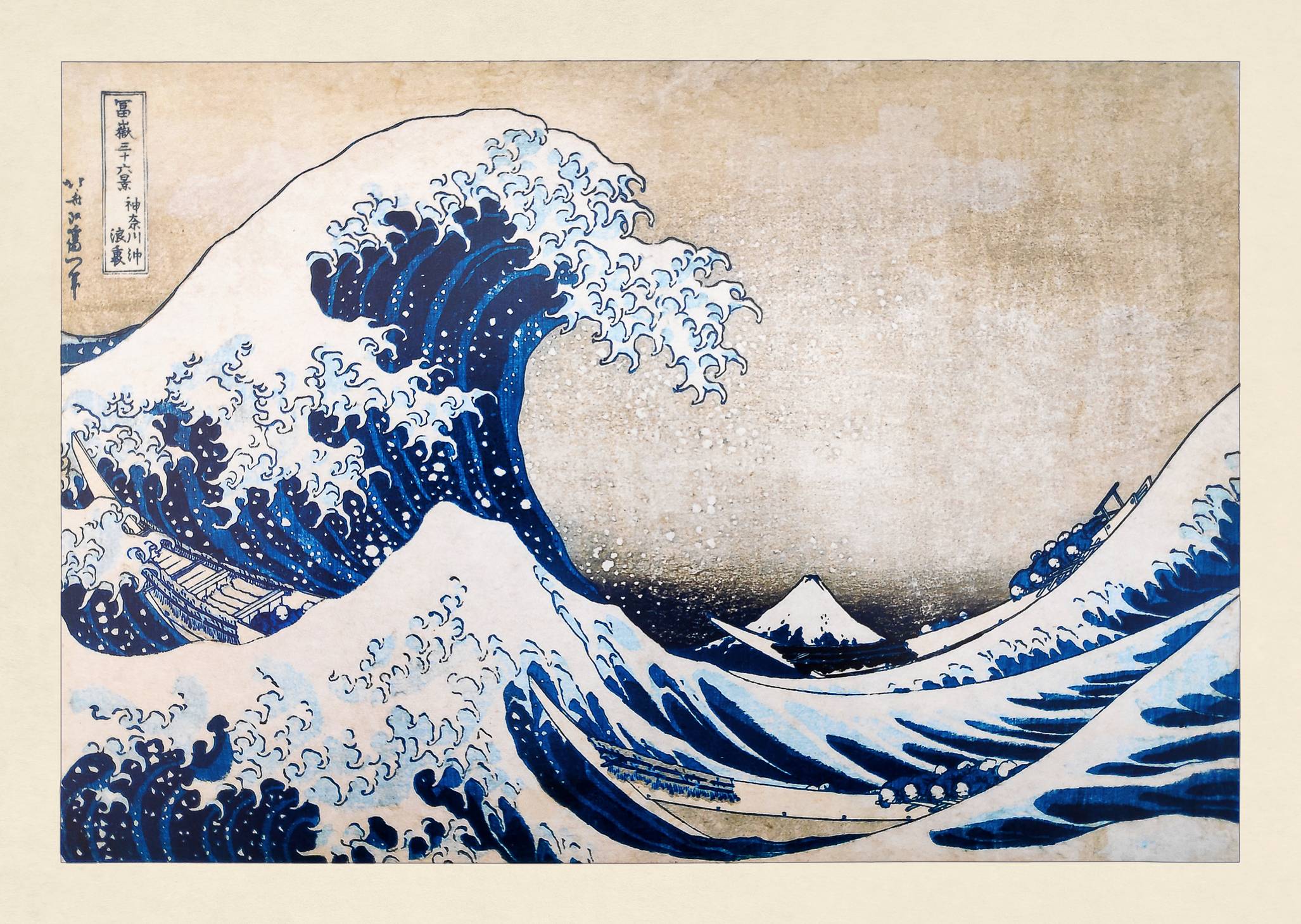Art is an elusive umbrella concept that covers such a wide range of output that it becomes difficult to provide a standardized definition. That may be why an old punchline simply states, “Yes, but is it art?”
Everyone from art collectors to アート批評家 (āto hihyōka, art critics) will have a different opinion on how a single piece can be interpreted, making it somewhat daunting for a beginner to dabble in アート批評 (āto hihyō, art criticism). Fortunately, the アート批評家 Edmund Burke Feldman came up with a four-step process to make things easier and guide the casual viewer in formulating an opinion. It involves: 記述 (kijutsu, description), 分析 (bunseki, analysis), 解釈 (kaishaku, interpretation) and 判定 (hantei, judgement). So, let’s put those steps into practice in Japanese.
Suppose you walk into a 美術館 (bijutsukan, art museum) and see Katsushika Hokusai’s famed “神奈川沖浪裏” (“Kanagawa-oki Nami-ura,” “Under the Wave off Kanagawa”) and you want to offer your thoughts on it.



















With your current subscription plan you can comment on stories. However, before writing your first comment, please create a display name in the Profile section of your subscriber account page.